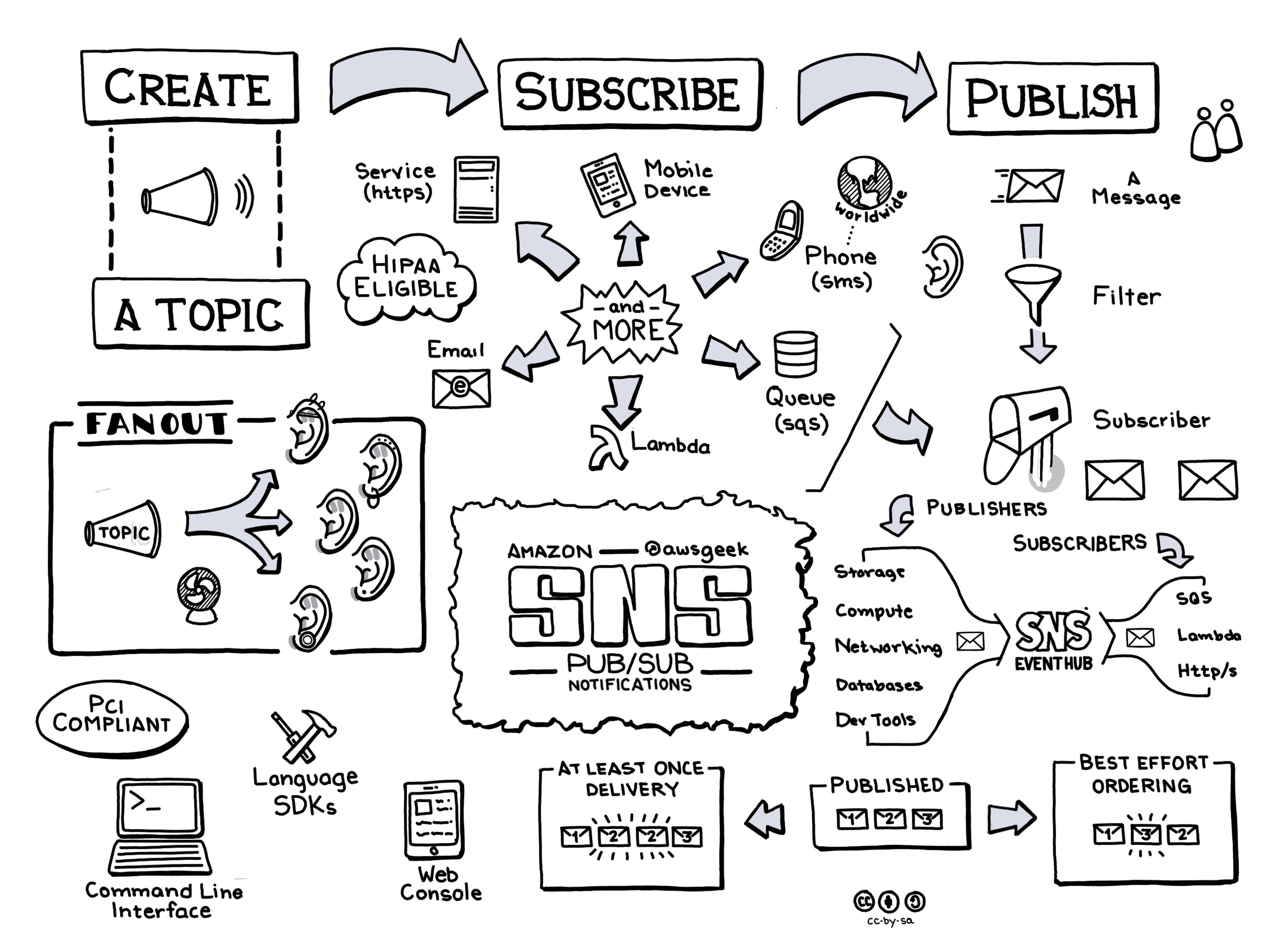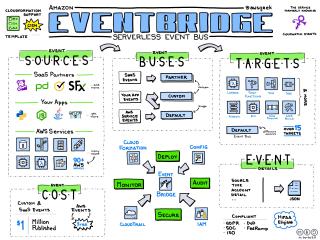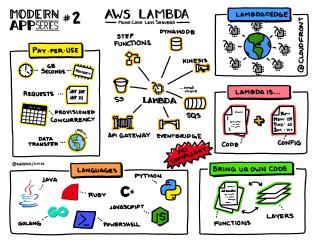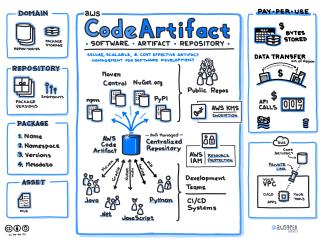
Amazon Simple Notification Service (SNS) is a fully managed messaging service designed to facilitate the integration and communication between distributed application components and microservices. This article aims to provide professional developers and IT administrators with a detailed look at the technical aspects of Amazon SNS, focusing on its use cases, pricing, scalability, availability, and security features. Additionally, we'll explore similar offerings from other major cloud providers in the competition section.
Use Cases
Amazon SNS provides a versatile and robust platform for various messaging needs. It is primarily used for application-to-application (A2A) communication, where it enables direct publishing of messages to endpoints such as AWS Lambda, Amazon SQS, and HTTP/S custom endpoints. SNS is also leveraged for application-to-person (A2P) communication, facilitating the delivery of messages to end users via SMS, email, or mobile push notifications. Developers frequently utilize Amazon SNS to implement real-time notifications for applications, like sending alerts and updates to users. Moreover, SNS is effective in decoupling microservices, enabling high-throughput, reliable, and asynchronous communication.
Pricing
Amazon SNS pricing is primarily based on the number of requests made to the service. Pricing factors include the number of published requests, the delivery of notifications, and any applicable data transfer out fees. AWS offers a pay-as-you-go pricing model, allowing developers to scale their usage based on demand, which can lead to cost efficiency. It’s important for developers to understand the pricing structure in detail by reviewing the AWS pricing page, especially when sending messages to protocols such as SMS, where costs may vary based on the destination country.
Scalability
Scalability is one of the key strengths of Amazon SNS. As a fully managed service, SNS automatically scales according to the volume of messages sent and received, ensuring consistent performance. The architecture is designed to handle millions of messages per second, making it suitable for applications of various sizes, from startups to enterprises. This scalability is complemented by the simplicity in setting up and scaling without the need for manual intervention, which is crucial for developers aiming for rapid application growth.
Availability
Amazon SNS is highly available and designed to deliver messages reliably with minimal latency. It operates across multiple AWS Availability Zones, providing redundancy and fault tolerance to ensure continuous service operation. This multi-zone redundancy mitigates the risks of regional failures and ensures that SNS remains available during system disruptions. AWS provides Service Level Agreements (SLAs) that guarantee specific levels of availability, which is vital for mission-critical applications.
Security
Security is a priority when using Amazon SNS. It provides encryption options for both message data at rest and in transit using AWS Key Management Service (KMS), offering robust data protection. Access control can be meticulously managed via AWS Identity and Access Management (IAM) policies, allowing developers to define and enforce fine-grained permissions. Additionally, SNS supports HTTPS for secure message transmission. These features ensure that sensitive data remains confidential, integrity is maintained, and access is authorized and logged appropriately.
Competition
In the cloud computing landscape, several other providers offer messaging services similar to Amazon SNS.
Alibaba Cloud provides the Message Service, allowing message decoupling of distributed applications and supporting multiple messaging paradigms. Google Cloud offers Cloud Pub/Sub, a fully managed messaging service that enables real-time messaging for event-driven systems with a strong emphasis on scalability and integration with other Google Cloud services. Microsoft Azure features Azure Service Bus, supporting highly reliable cloud messaging and extensive integration capabilities with enterprise systems for asynchronous communication.
These services present alternative options for businesses either already operating within those ecosystems or seeking specific features unique to those providers. Each service offers a distinct set of functionalities, pricing models, and regional availability, providing developers with ample choice based on their unique requirements.
 Amazon EventBridge
Amazon EventBridge
 AWS Regions
AWS Regions
 AWS Lambda
AWS Lambda
 AWS CodeArtifact
AWS CodeArtifact